Institute for IDEAS
Institute for IDEAS
Mission
The American University Institute for IDEAS stands at the forefront of interdisciplinary research within the heart of the nation’s capital. Our mission is to pioneer the advancement and integration of Artificial Intelligence (AI) and Machine Learning (ML) technologies across a spectrum of applications, including text and video generation, as well as virtual, augmented, mixed, and extended reality environments. Our focus extends beyond the development and utilization of generative AI; we are committed to its application in enhancing educational, entertainment, and medical sectors. We also offer authoritative consultancy to government bodies, guiding them on policies that ensure the safety and reliability of AI technologies. As a global beacon of scientific innovation, the Institute operates at the confluence of diverse research domains and creative disciplines, fostering unparalleled progress in the digital age.
News
Research
Interview With Faculti On Volumetric Filmmaking
Application for Narrative Filmmaking
April 3, 2024
Faculti invited Krzysztof Pietroszek to share an
overview of volumetric capture technology and its
application to narrative filmmaking. With 3D
recorded actors (volumetric capture), users are
immersed in the story – a sharp contrast to the
traditional mode of filmmaking. Additionally, in
interactive and immersive filmmaking avenues, the participants rather than the Director, control the focus and direction of the story. You can watch the whole interview here.
“The Faculti Streaming Platform gives users instant access to thousands of relevant and up-to-date academic and professional research insights annually.”
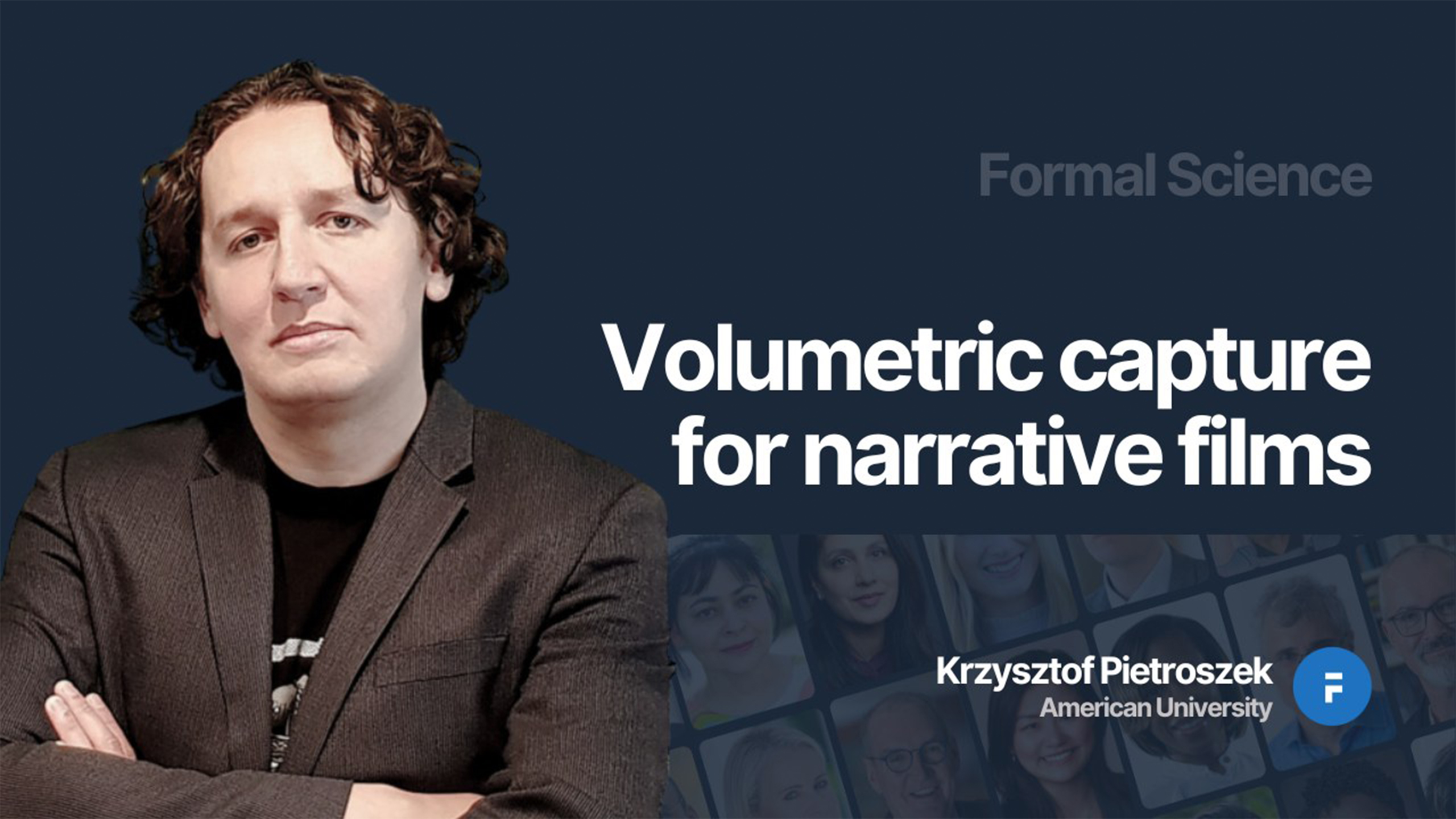
News
Research
Virtual Reality in Affective Psychology Research
Research Initiatives by Dr. Pietro Cipresso and Francesca Borghesi
March 29, 2024
Pietro Cipresso and Francesca Borghesi from the
University of Turin recently visited the Institute for
IDEAS to share research
in affective psychology and initiate collaboration
between our two institutions. Dr. Cipresso, a
renowned figure in affect dynamics research (a field
of psychology), has garnered significant recognition with over 9000 citations and an h-index of 47. He is an Associate Professor in the Department of Psychology at the University of Turin. Francesca Borghesi is a PhD student in Psychometry at the University of Turin with 65 citations all within the last three years.
Dr. Cipresso and Ms. Borghesi presented Continuous Time Elicitation Through Virtual Reality to Model Affect Dynamics. The research employs Virtual Reality (VR) to study affect dynamics, exploring how emotions evolve. By simulating diverse environments, VR allows for the precise examination of transitions between emotional states. Advanced analytic techniques, like Markov Chain models, offer insights into the probability and patterns of these transitions, bridging theoretical understanding with empirical investigation. The study’s findings have implications for psychological therapies, particularly in treating emotional disorders. Addressing ethical considerations surrounding VR usage for advancing psychological research.
Discussions extended beyond the presentations, as collaboration between the University of Turin and the Institute for Ideas was explored. Of particular interest was the potential integration of volumetric capture and virtual reality technologies to further expand research into affect emotions. This collaborative endeavor promises to open new avenues for investigating the complexities of human emotion within a controlled experimental framework, pushing the boundaries of affective psychology research.
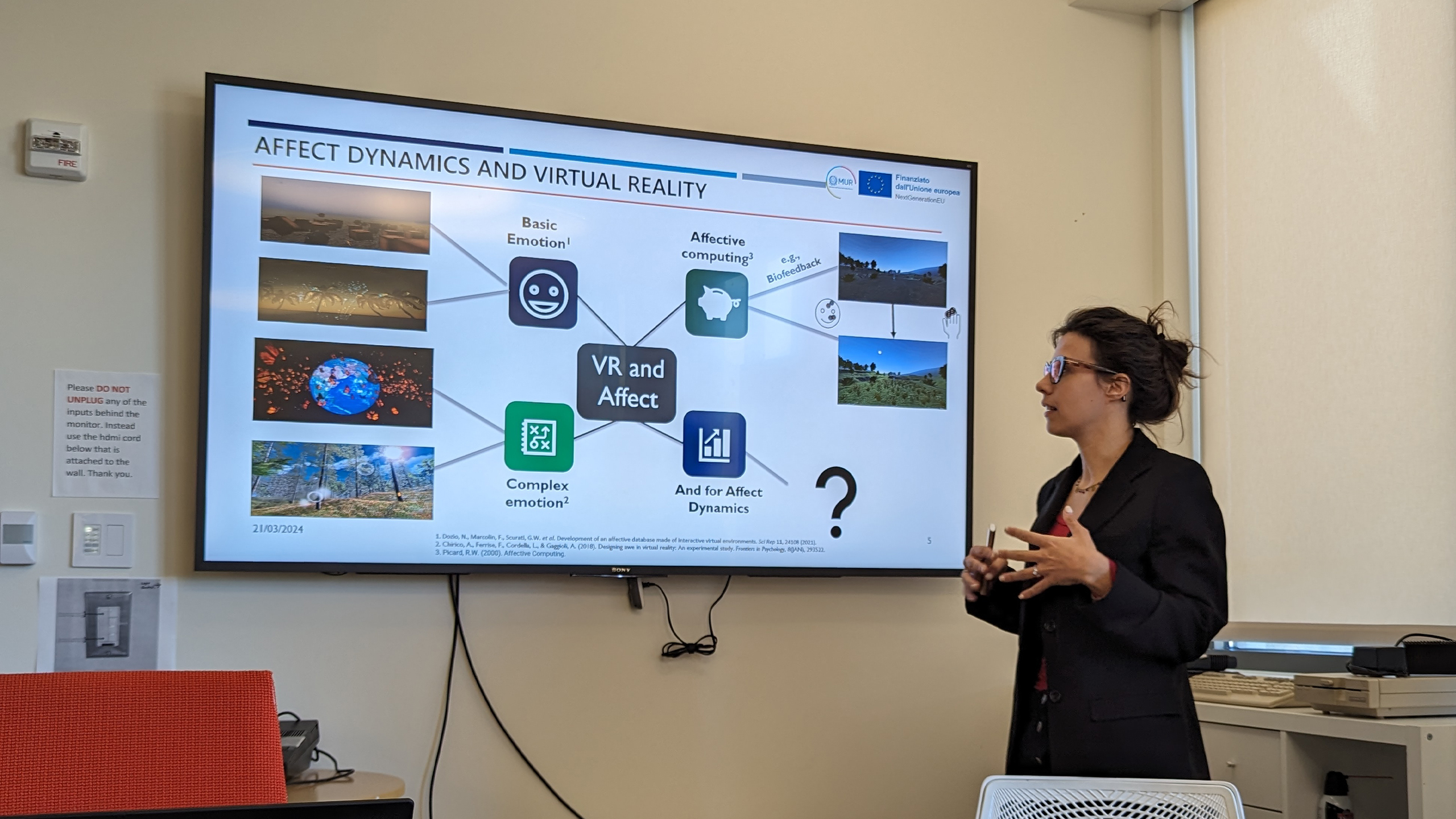
Research
Exploring Emerging Technologies
Insights from CHIRA 2023
December 1, 2023
At CHIRA 2023, Krzysztof Pietroszek took on the role
of Chair for a session focused on User Experience
Evaluation. Throughout this session, Krzysztof guided
discussions and presentations that delved into
the forefront of Computer-Human Interaction (CHI)
research. Among the presentations curated by
Krzysztof was “Empowering Production Workers to Program Robots: A No-Code, Skill-Based Approach” by Charly Blanc, which focused on interactive devices. His leadership ensured that the session provided valuable insights into enhancing user experiences and evaluating emerging technologies in CHI.
Krzysztof Pietroszek also presented on a collaborative research project, “CPR Assistance in Mixed-Reality.” By using advanced technology like RGBD cameras and augmented reality overlays, the system offers real-time guidance to first responders during emergencies. Through thorough research and comparison with traditional video-based communication methods, Krzysztof and his team demonstrated the effectiveness of mixed reality in improving visual communication without overburdening the first responder.
Dr. Pietroszek presented on November 16, 2023
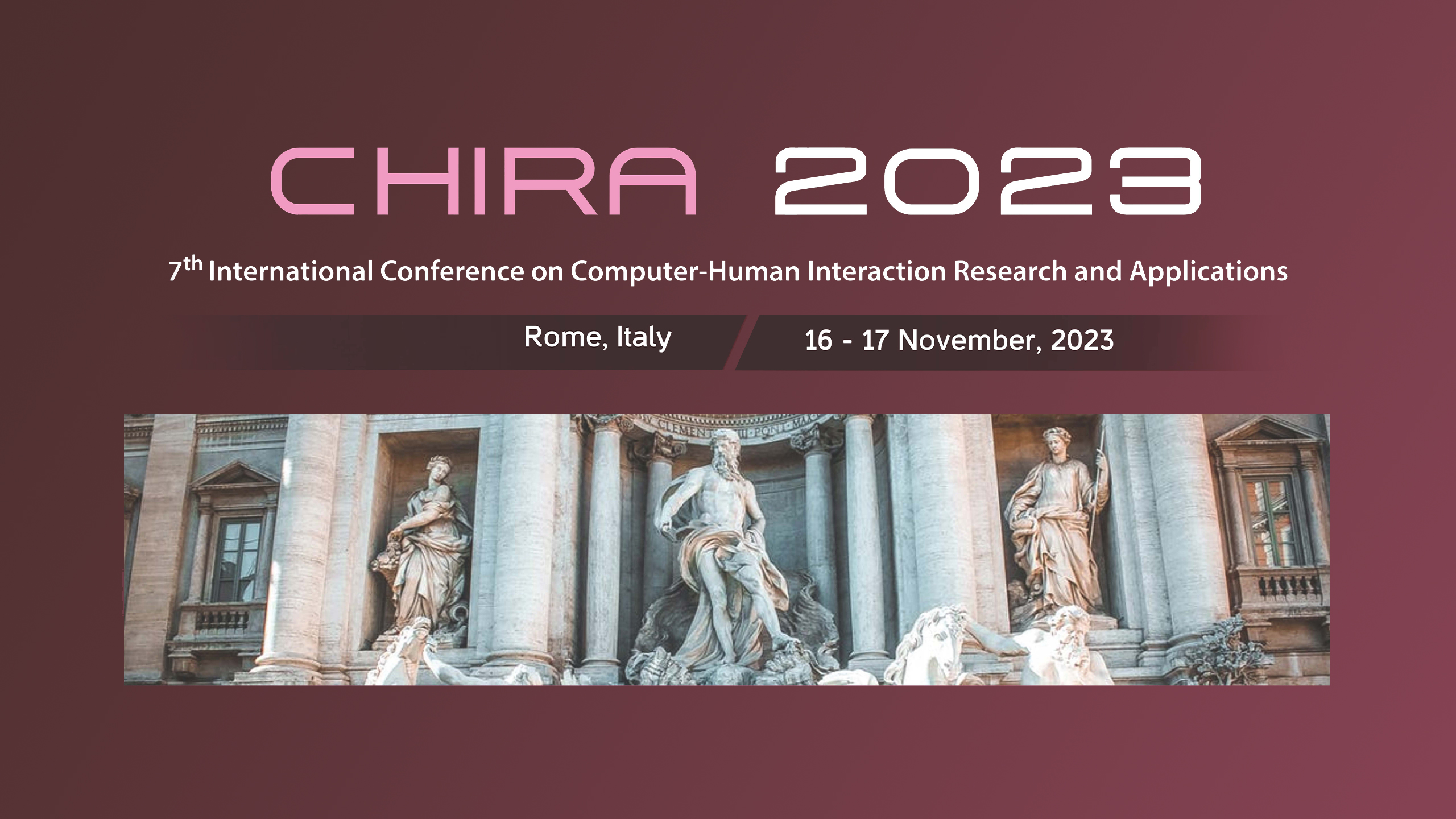
Research
Dr. Pietroszek's Talk at the MOVES Institute
Real-time Volumetric Telepresence
August 28, 2023
Professor Krzysztof Pietroszek traveled to Monterey,
California, to initiate collaboration between the
Institute for IDEAS and the Naval Postgraduate
School. At the end of his visit, he gave a talk at the
MOVES Institute on Real-time Volumetric
Telepresence: Development and Application in
Education and Training. Researchers approach
telepresence in two approaches: “Star Trek style,” where participants are fully present in a virtual environment, and “Star Wars style,” which involves holographic representation in the real environment. Dr.Pietroszek demonstrated the applications through previous volumetric systems.
The project “UniVResity” allows students to connect to a virtual classroom that mirrors real-time activities in a physical classroom. Using a VR application, remote students can join the class through a unique code provided by the teacher. Deep neural networks generate lip-sync and face-expression animation, non-verbal communication cues, gestures, and the teacher’s avatar movement using only the instructor’s voice as input.
The Mixed Reality Communication Telehealth System enhances access to procedural training and remote emergency assistance. It enables remote experts to guide local operators through medical procedures using real-time volumetric views captured by RGBD cameras. This augmented view helps experts provide spatial guidance using visual and verbal instructions. The system’s effectiveness was evaluated by comparing it with video communication for teaching ultrasound-guided procedures. The results highlight the system’s potential for improved visual communication compared to traditional video teleconferencing-based training.
Virtual Reality is a medium that can replace videoconferencing for remote class participation, medical procedures, and beyond. Soon, students can participate in face-to-face learning in person or as an avatar. Through ongoing research, development, and collaboration, we envision a future where our VR, AR, or Mixed-Reality telepresence systems become an integral tool in training and teaching.
Dr. Pietroszek presented on August 10, 2023

Talk at the MOVES Institute at Naval Postgraduate School
Research
Dr. Pietroszek at EduLearn 2023
Volumetric Communication in Medical Training
June 13, 2023
At EduLearn 2023, Professor Krzysztof Pietroszek
showcased his NSF-funded research on Volumetric
Communication in Medical Training. Over two years
of dedicated work, he and his team successfully
developed, evaluated, and published a cutting-edge
system that enables immersive and interactive
training for healthcare professionals. Furthermore, Pietroszek’s expertise was recognized as he served as the chair for the Virtual and Augmented Reality session, further highlighting the growing importance of these technologies in the field of education.

Research
Mixed-Reality Research Presented at ITS2023
Allowing first responders to administer aid remotely
June 13, 2023
Dr. Pietroszek and Manuel Rebol recently presented
research at the 2023 Intelligent Tutoring Systems
Conference (ITS2023). Their paper, “CPR Emergency
Assistance Through Mixed Reality Communication,”
offers a unique solution to improve remote assistance
in the medical field. The system utilizes RGBD
cameras to capture a three-dimensional view of the local scene, including the patient, the first responder, and the surroundings. The volumetric capture is then augmented onto the remote expert’s view, allowing them to provide spatial guidance using visual and verbal instructions.
By combining visual and verbal instructions in real-time, the system enables remote experts to guide first responders during life-saving procedures such as CPR. The research study confirmed the system’s effectiveness, highlighting the advantages of mixed reality over videoconferencing-based assistance. This innovative technology can improve CPR outcomes and significantly redefine emergency medical communication.
The success of this research study opens doors to further advancements in mixed reality communication systems, allowing experts to provide real-time guidance and support remotely, even in high-stress scenarios. As the technology continues to evolve, it could be integrated into various healthcare settings, emergency response training programs, and even everyday situations where immediate CPR assistance is required.
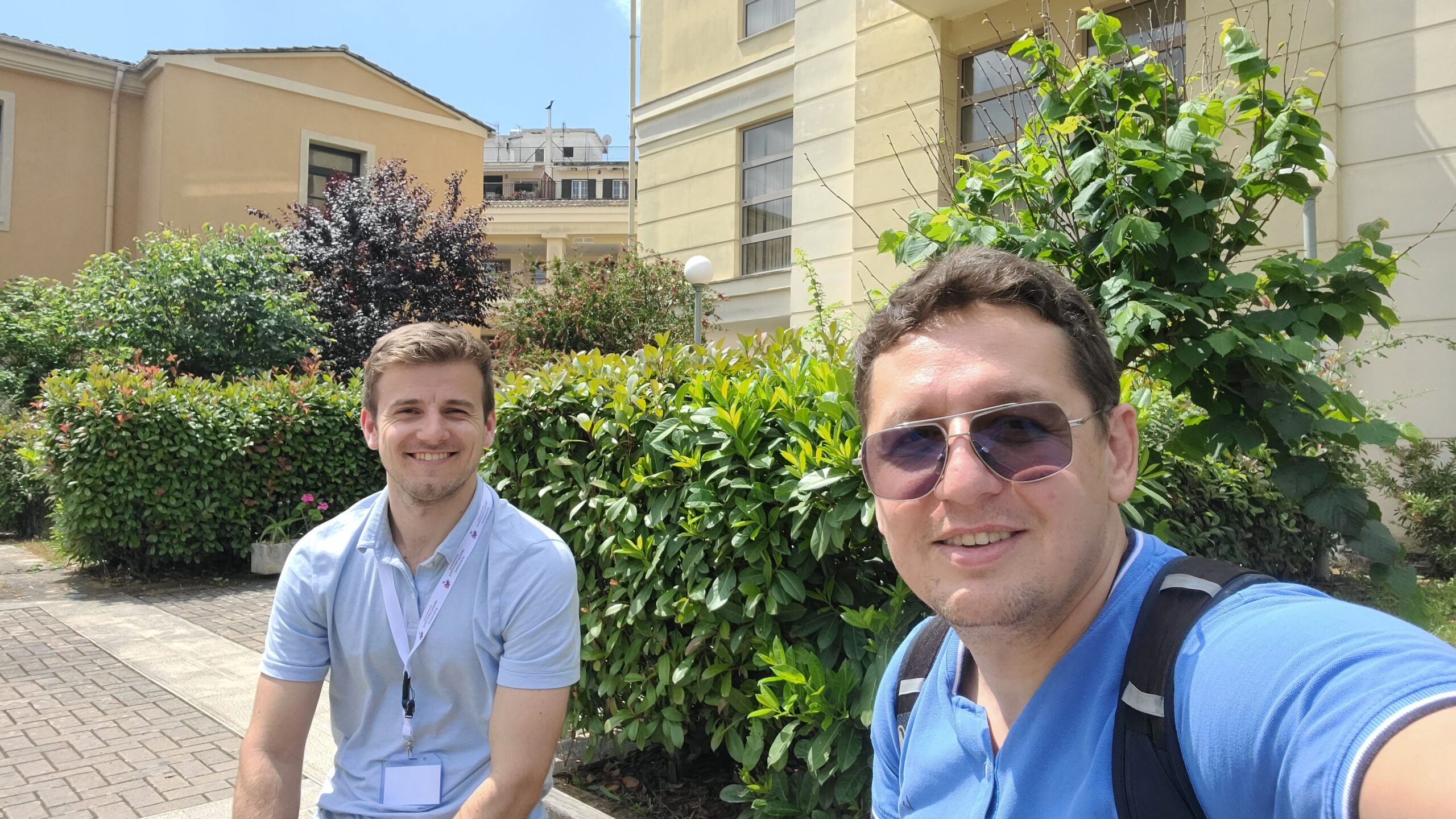
Research
Immortalizing Wanda Rutkiewicz
Using Three Scenes for Virtual and Augmented Reality
May 19, 2023
To honor the indomitable spirit of Polish mountaineer
Wanda Rutkiewicz, the Institute for IDEAS recreated
pivotal moments from Rutkiewicz’s historical ascent
of Mount Everest as holographic recordings. Three
virtual and augmented reality scenes bring Wanda’s
awe-inspiring journey to life, transporting viewers
into the world of one of history’s most iconic female climbers.
One of the scenes depicts Wanda Rutkiewicz fearlessly traversing an ice-covered pass on her Everest expedition. The hologram showcases Wanda’s careful steps across treacherous terrain, immersing viewers in her challenges and the breathtaking beauty surrounding her. Another scene catapults viewers into the heart-stopping moment when Wanda fearlessly scaled the icy precipice.
A crucial aspect of recreating Wanda Rutkiewicz’s climb lies in capturing the human experience amidst extreme conditions. The Institute for IDEAS encapsulates this by creating a scene depicting Wanda enjoying a meal in her tent before settling down for sleep. This intimate portrayal highlights the significance of sustenance and rest in the demanding world of high-altitude mountaineering. Viewers are transported into the tent, sharing a moment of respite with Wanda as they witness the importance of self-care and preparation for the next leg of her journey.
Through these holographic scenes, Wanda’s incredible feats become accessible to a global audience, fostering a deeper understanding of her courage, perseverance, and trailblazing spirit. These holograms exemplify the Institute’s commitment to pushing the boundaries of immersive technologies, enabling individuals to connect with and be inspired by the remarkable achievements of those who came before us.
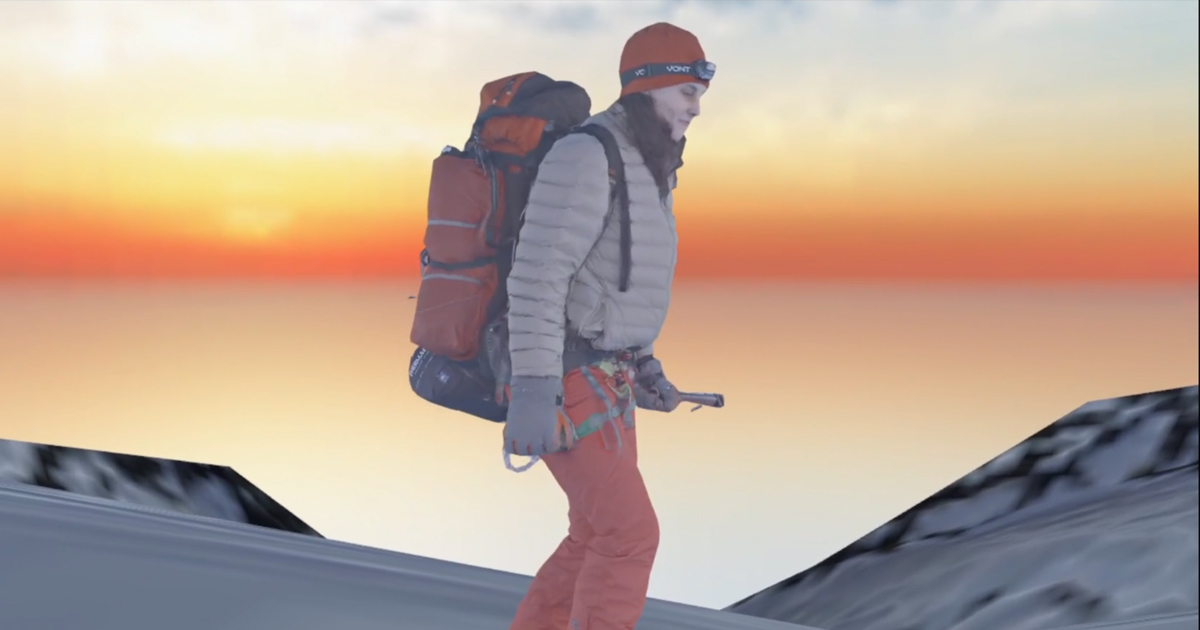
Research
Transporting Dance to the Volumetric Stage
Rose Xinran Qi's Pioneering Journey into Holographic Dance Performances
May 20, 2023
The Institute for IDEAS collaborated with the
exceptionally talented dancer and choreographer
Rose Xinran Qi. This groundbreaking partnership
involved capturing and rendering holographic dance
performances with our state-of-the-art volumetric
studio. The result was an awe-inspiring visual
experience, where viewers could witness her dance as if she were physically present before them. As a result, Rose Xinran Qi’s visit to the studio marked a significant milestone in exploring the intersection between dance and holographic technology.
The collaboration between Rose Xinran Qi and presents us IDEAS has provided invaluable insights into holographic dance performances’ possibilities and potential applications. This research endeavor aims to revolutionize the way dance is experienced, not only by audiences but also by the dancers themselves.
The Institute for IDEAS intends to utilize the data and knowledge gained from this collaboration to explore various applications of holographic dance performances in augmented and virtual reality. This technology opens up new avenues for dance education, where aspiring dancers can learn from the holographic projections of esteemed performers. Moreover, choreographers can experiment and create stunning visual spectacles by blending physical and holographic dancers.
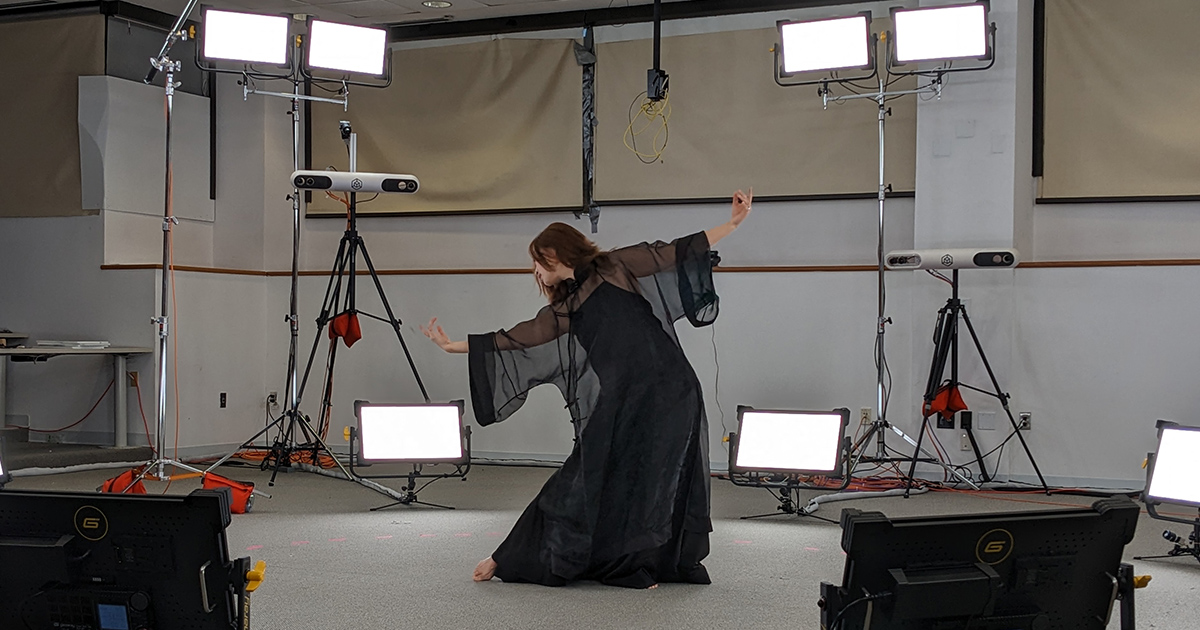
Research
Musical Artists Record Holograms At IDEAS
September 1, 2022
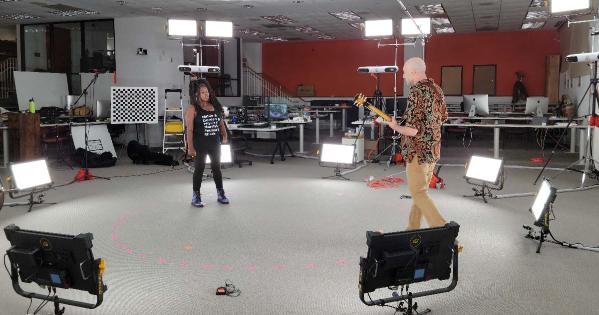
Research
Sharing History & Heritage Through a New Medium
The American University of Sharjah project bringing the past to life
August 3, 2022
capture studio recently played a central role in
the development of a groundbreaking
documentary research project at the American
University of Sharjah. In collaboration with
Professor Suheil Dahdal, the Institute produced
several holograms for use in the documentary
experience/research initiative Emirati Stories AR Documentary.
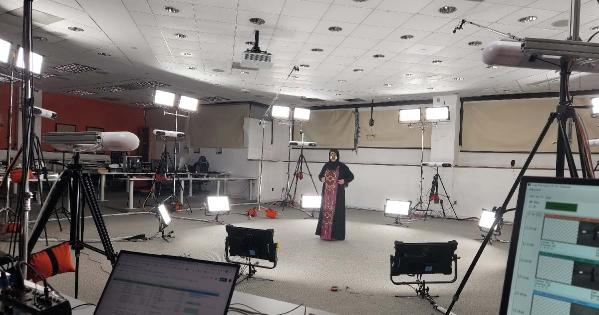
Research
Space Ocean Library At UFVA
Sharing Immersive Experiences With New Audiences
August 18, 2022
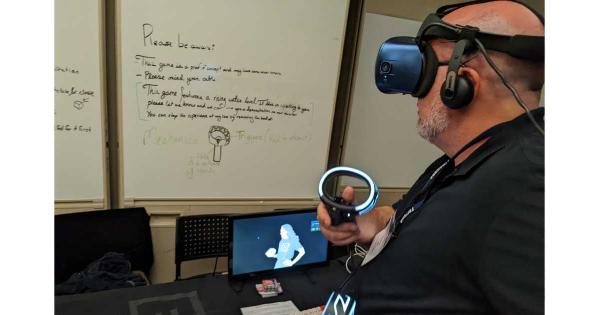
Research
Dr. Pietroszek Delivers Talk At TAI
Introducing students to volumetric storytelling worldwide
July 25, 2022
Dr. Krzysztof Pietroszek hosted a meeting at the
prestigious TAI School of the Arts in Madrid,
Spain. This discussion, titled “Narrative Uses
Of Volumetric Capture: Storytelling And The
Artificial Reality Continuum”, explored the
potential uses of volumetric capture through
cutting edge technology such as the Institute’s Tetavi capture studio

Research
The Institute's Volumetric Capture Studio
Creating holograms and immersive experiences at AU
July 12, 2022
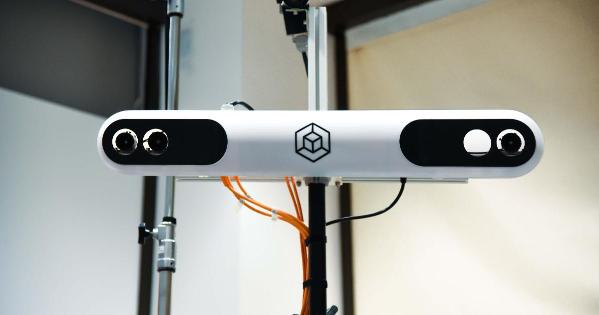
Research
Dr. Pietroszek Presents a Keynote at Cannes
Dr. Pietroszek’s keynote describes a new and revolutionary form of storytelling.
July 14, 2021
filmmaking is becoming the next technological
revolution. At the 2021 Cannes Film Festival, Dr.
Pietroszek voices the capabilities and
complexities of the evolving medium. He shares
how storytellers are now using volumetric
capture to recreate objects in virtual spaces.
Once recorded, these holograms can then be placed in virtual or real environments, creating an experience Dr. Pietroszek compares it to Star Trek’s Holodeck.

